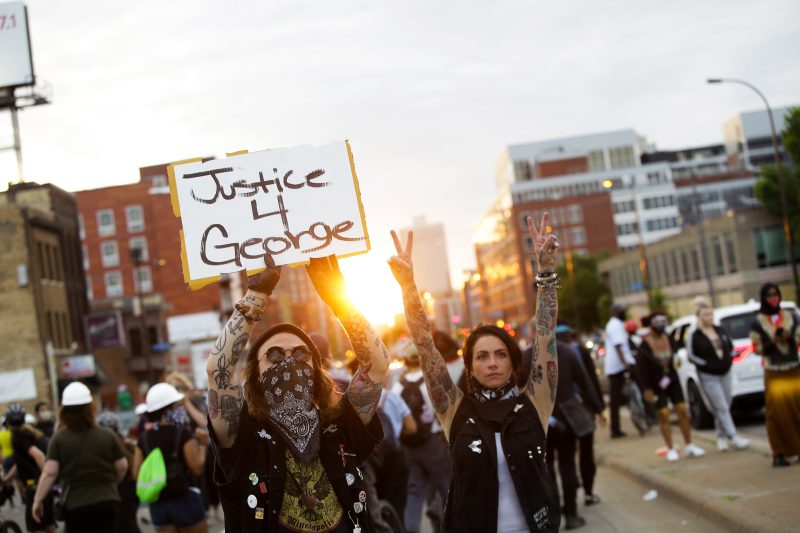In light of the recent social unrest following the death of George Floyd, Governor Walz’s handling of the protests has come under renewed scrutiny. The events that unfolded in Minnesota following Floyd’s tragic passing and the subsequent outpouring of protests and civil unrest revealed a deep-seated division within the community and raised questions about the state’s preparedness and response to such crises.
One of the primary criticisms leveled against Governor Walz was the perceived lack of effective communication and leadership during the initial stages of the protests. Many critics and observers noted that the Governor’s response was slow and at times inconsistent, failing to provide clear guidance and direction to law enforcement and residents alike. This perceived lack of decisive action may have contributed to the escalating tensions and violence that marred the early days of the protests.
Furthermore, Governor Walz’s decision to deploy the National Guard to maintain order in the face of widespread unrest was met with mixed reactions. While some viewed this as a necessary step to restore peace and prevent further vandalism and looting, others criticized the militarization of the response, arguing that it further inflamed tensions and eroded trust between law enforcement and the community. The heavy-handed tactics employed by some National Guard units also sparked concerns about the potential for excessive use of force and human rights violations.
Another area of contention was Governor Walz’s interactions with leaders of the protest movement and minority communities. Critics pointed to a perceived lack of meaningful engagement and dialogue with these groups, with some accusing the Governor of being out of touch with the concerns and grievances of marginalized communities. Building trust and fostering understanding between the government and its citizens is crucial in times of crisis, and Governor Walz’s perceived failure to effectively bridge this divide may have exacerbated an already volatile situation.
In contrast, some supporters of Governor Walz lauded his commitment to addressing systemic racism and police brutality in the wake of George Floyd’s death. They pointed to the Governor’s swift condemnation of the actions that led to Floyd’s passing and his calls for justice and accountability as signs of a leader willing to confront difficult truths and work towards meaningful change. Governor Walz’s efforts to initiate police reforms and engage in discussions about racial justice were seen as important steps towards healing and reconciliation in a deeply divided state.
Overall, Governor Walz’s handling of the George Floyd protests has drawn both praise and criticism from various quarters. While some commend his efforts to address systemic issues and promote dialogue, others fault his response for perceived shortcomings in communication, leadership, and engagement with affected communities. As Minnesota continues to grapple with the aftermath of these events and work towards justice and reconciliation, the scrutiny of Governor Walz’s actions highlights the challenges and complexities of governing in times of crisis.
